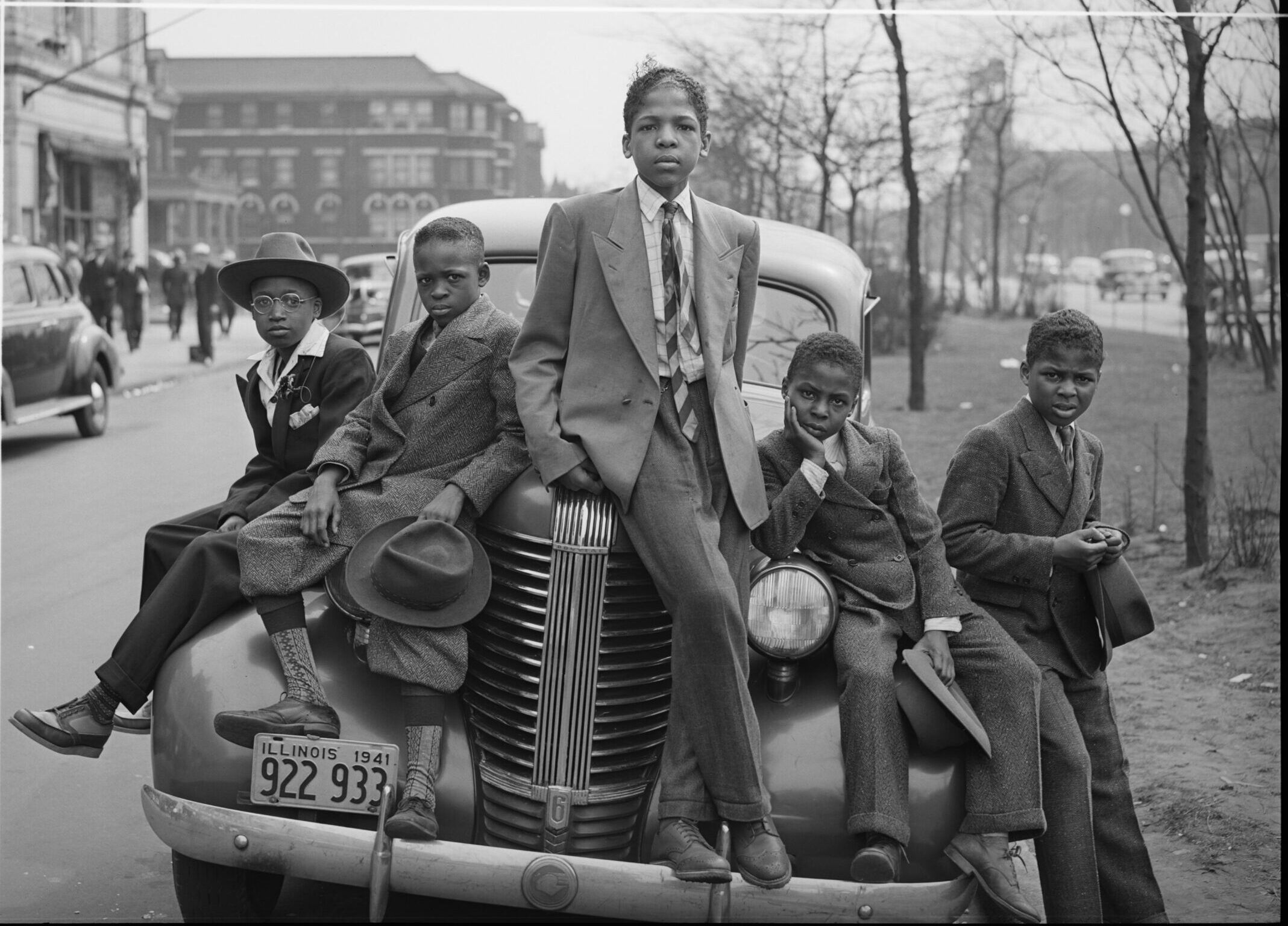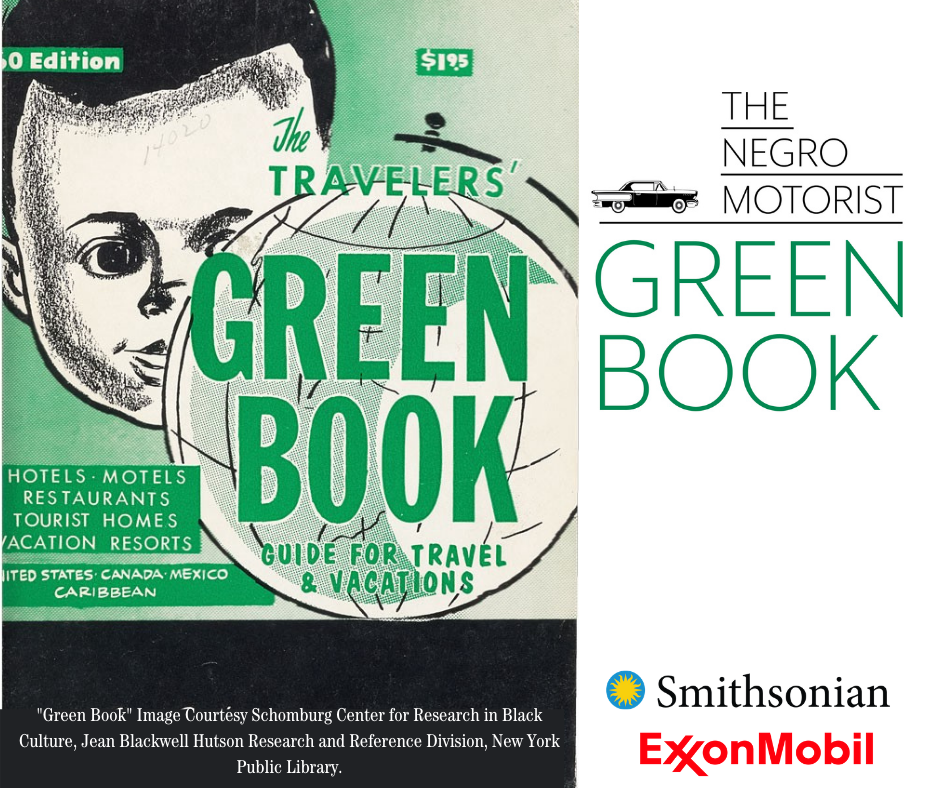Sponsored by
This fall, students, teachers and parents can enjoy a lesson in recent history by checking out the Smithsonian traveling exhibit The Negro Motorist Green Book at the Capitol Park Museum in Downtown Baton Rouge.
The Green Book was created by Harlem postman Victor Green and provided African American travelers with information on restaurants, gas stations, department stores and other businesses that welcomed Black travelers. The guide was published annually from 1936 to 1967, meaning many of today’s students are likely to have parents or grandparents who remember when the guide was in use.
The new exhibition was developed by the Smithsonian Institution Traveling Exhibition Service (SITES) in collaboration with award-winning author, photographer and cultural documentarian Candacy Taylor. The exhibition is made possible through the support of Exxon Mobil Corporation, will be open to the public from Aug. 21 through Nov. 14 at the Capitol Park Museum at 660 N. Fourth Street.

The Negro Motorist Green Book exhibit will offer an immersive look at the reality of travel for African Americans in mid-century America and how the annual guide served as an indispensable resource for the nation’s rising African American middle class. The exhibition will include artifacts from business signs and postcards to historic footage, images and firsthand accounts to convey not only the apprehension felt by African American travelers, but also the resilience, innovation and elegance of people choosing to live a full American existence.
The Green Book was published and distributed nationwide until 1967, providing African American travelers with information on restaurants, gas stations, department stores and other businesses that welcomed black travelers. In an era of Jim Crow laws and “sundown towns”—communities that explicitly prohibited African Americans from staying overnight— The Green Book offered critical, life-saving information and sanctuary.

ExxonMobil predecessor Standard Oil Company of New Jersey played a significant role in the distribution of The Green Book through its U.S. network of Esso stations, helping to provide motorists and their families opportunities for safer and more comfortable travel. Esso stations were the only major retail distributors of The Green Book. Esso also employed many African American engineers, scientists and marketing executives, and welcomed African American motorists at its stations.
SITES has been sharing the wealth of Smithsonian collections and research programs with millions of people outside Washington, D.C., for more than 65 years. For exhibition description and tour schedules, visit sites.si.edu.
 GET DAILY REPORT FREE
GET DAILY REPORT FREE








